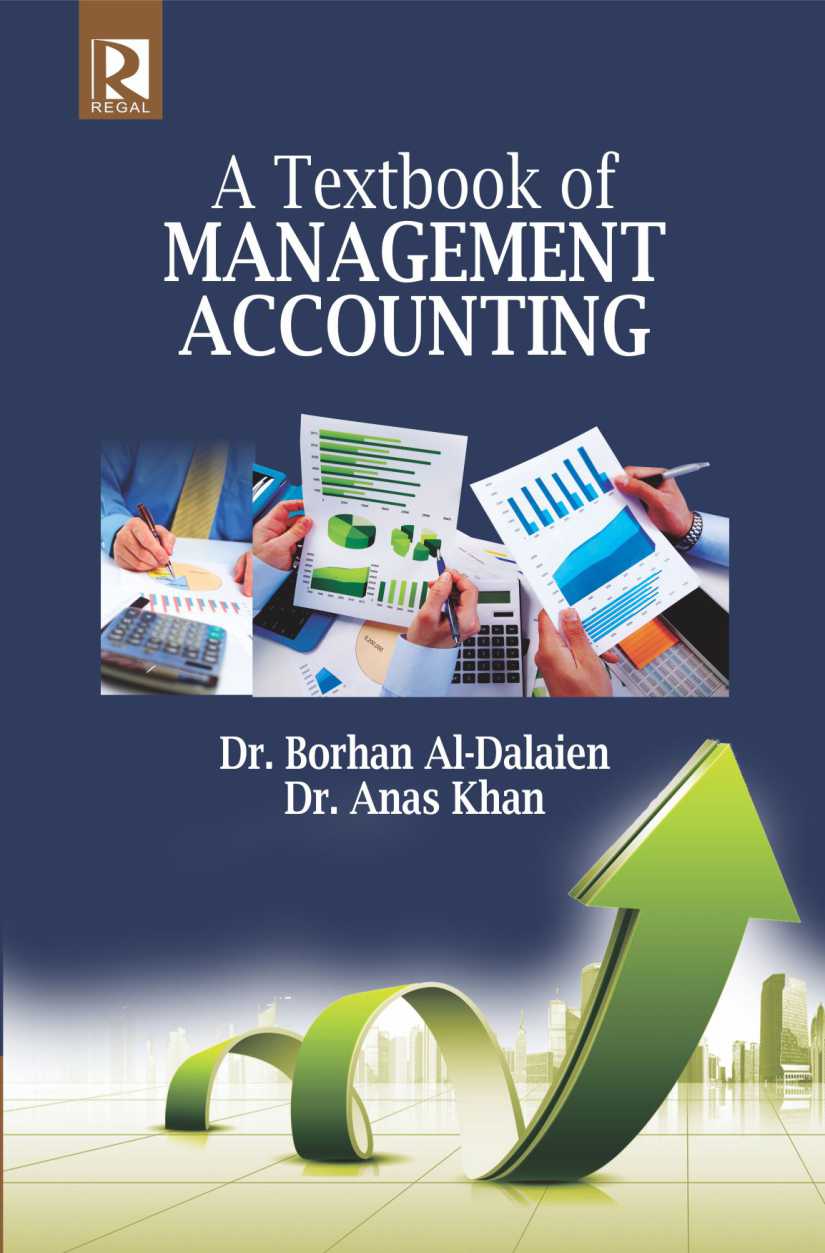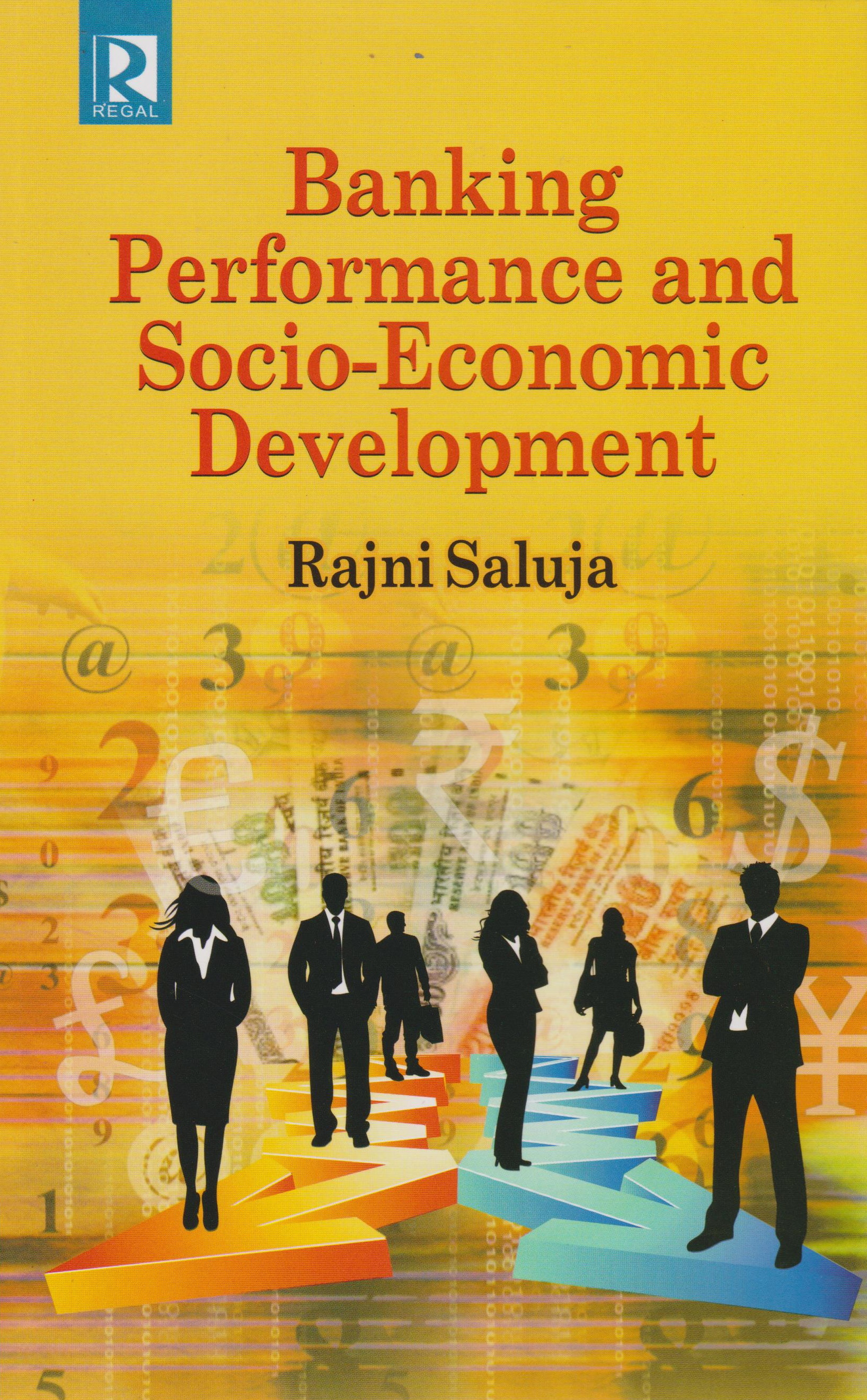Description
“Performance Evaluation of State Enterprises” by Harvinder Singh is a comprehensive and insightful book that delves into the intricacies of evaluating the performance of state-owned enterprises. With a focus on economic analysis and management principles, Singh provides a detailed exploration of the challenges and opportunities faced by these entities. Drawing upon his extensive research and expertise in the field, the author offers valuable insights into the evaluation methods and frameworks that can be employed to assess the efficiency and effectiveness of state enterprises. This review will provide a comprehensive analysis of the book, including a summary of its main points, an evaluation of its strengths and weaknesses, and an exploration of its themes and interpretations.
In this book, Singh presents a thorough overview of the performance evaluation process for state-owned enterprises. He starts by establishing the significance of state enterprises in national economies, highlighting their role in sectors such as energy, transportation, and telecommunications. The author then delves into the challenges faced by these entities, including political interference, bureaucratic hurdles, and accountability issues. Singh explores various evaluation frameworks, such as financial analysis, balanced scorecards, and performance measurement, providing practical examples and case studies to illustrate their application.
The book emphasizes the need for a comprehensive evaluation approach that takes into account both financial and non-financial indicators. Singh highlights the importance of considering factors such as customer satisfaction, employee engagement, and social impact alongside traditional financial metrics. The author also discusses the role of benchmarking and best practices in performance evaluation, illustrating how state enterprises can learn from successful private sector organizations.
Singh’s book offers a robust analysis of the challenges and complexities associated with evaluating state enterprises. The author demonstrates a deep understanding of the unique dynamics that shape these entities, including their political context and social responsibilities. By providing a blend of theoretical frameworks and practical examples, Singh equips readers with a solid foundation for evaluating the performance of state-owned enterprises.
One of the book’s strengths is its comprehensive approach to performance evaluation. Singh goes beyond traditional financial analysis and explores the relevance of non-financial indicators, such as customer satisfaction and employee morale. This holistic perspective acknowledges the multifaceted nature of state enterprises and their impact on various stakeholders.
Moreover, the book’s emphasis on benchmarking and best practices adds significant value to the evaluation process. Singh effectively illustrates how state enterprises can learn from successful private sector organizations and adapt their strategies accordingly. By doing so, he encourages a culture of continuous improvement and innovation within state enterprises.
When comparing “Performance Evaluation of State Enterprises” to other books on the subject, Singh’s work stands out for its comprehensive and interdisciplinary approach. Unlike some books that focus solely on financial analysis or management theory, Singh explores a wide range of evaluation methods and frameworks, ensuring a holistic understanding of performance assessment in the context of state-owned enterprises.
Furthermore, Singh’s book distinguishes itself by its rich use of case studies and real-world examples. By grounding his analysis in practical situations, the author brings the evaluation process to life and helps readers grasp its nuances. This approach makes the book highly accessible and relevant for practitioners, policymakers, and academics alike.
“Performance Evaluation of State Enterprises” encompasses several themes that shed light on the complexities of evaluating these entities. One prevalent theme is the tension between political influence and managerial autonomy. Singh explores the challenges faced by state enterprises in maintaining a balance between meeting political objectives and operating efficiently. He highlights the importance of establishing clear performance criteria and metrics to ensure accountability and transparency.
Another key theme in the book is the role of state enterprises in fostering economic development and social welfare. Singh argues that evaluating the performance of these entities should go beyond financial indicators and incorporate broader societal impacts. By considering factors such as environmental sustainability, job creation, and income distribution, the author advocates for a more comprehensive approach to evaluation.
As a non-fiction book focused on performance evaluation, “Performance Evaluation of State Enterprises” does not have fictional characters or traditional characterization. However, the author introduces various case studies and examples throughout the book, illustrating the challenges and successes of state enterprises in different contexts. These case studies serve as practical examples and allow readers to understand the intricacies of evaluating state-owned enterprises through real-world scenarios.
About the Author:
Harvinder Singh is a renowned expert in the field of performance evaluation and management of state enterprises. With over two decades of experience in academia and consulting, Singh has made significant contributions to understanding public sector organizations. He holds a PhD in Economics and has published numerous articles and books on topics related to state-owned enterprises, governance, and public policy. Singh’s expertise and research background makes him a credible and authoritative voice in the field.
Singh’s writing style is scholarly yet accessible, making complex concepts understandable to a wide range of readers. He blends theoretical frameworks with practical examples, ensuring that the content is relevant and applicable. The book is well-structured, with clear headings and subheadings that guide the reader through different aspects of performance evaluation. Singh’s writing is concise and engaging, avoiding unnecessary jargon and focusing on delivering key insights.
What People Say About This Book:
“Performance Evaluation of State Enterprises” has received widespread praise from both scholars and practitioners in the field. Public administration and economics experts commend Singh’s rigorous analysis and practical approach to evaluating state-owned enterprises. The book has been recognized for its contribution to the field by shedding light on the unique challenges faced by these entities and offering viable solutions for their performance assessment.
Reviewers also appreciate Singh’s ability to bridge the gap between theory and practice. The use of case studies and real-world examples has been lauded as a valuable tool for understanding the complexities of evaluating state enterprises. Readers have found the book to be highly informative, thought-provoking, and applicable to their professional work.
- Comprehensive and interdisciplinary approach to performance evaluation.
- Inclusion of both financial and non-financial indicators for a holistic assessment.
- Practical examples and case studies make the content relatable and applicable.
- Emphasis on benchmarking and best practices promotes continuous improvement.
- Insightful exploration of the tensions between political influence and managerial autonomy.











Reviews
There are no reviews yet.